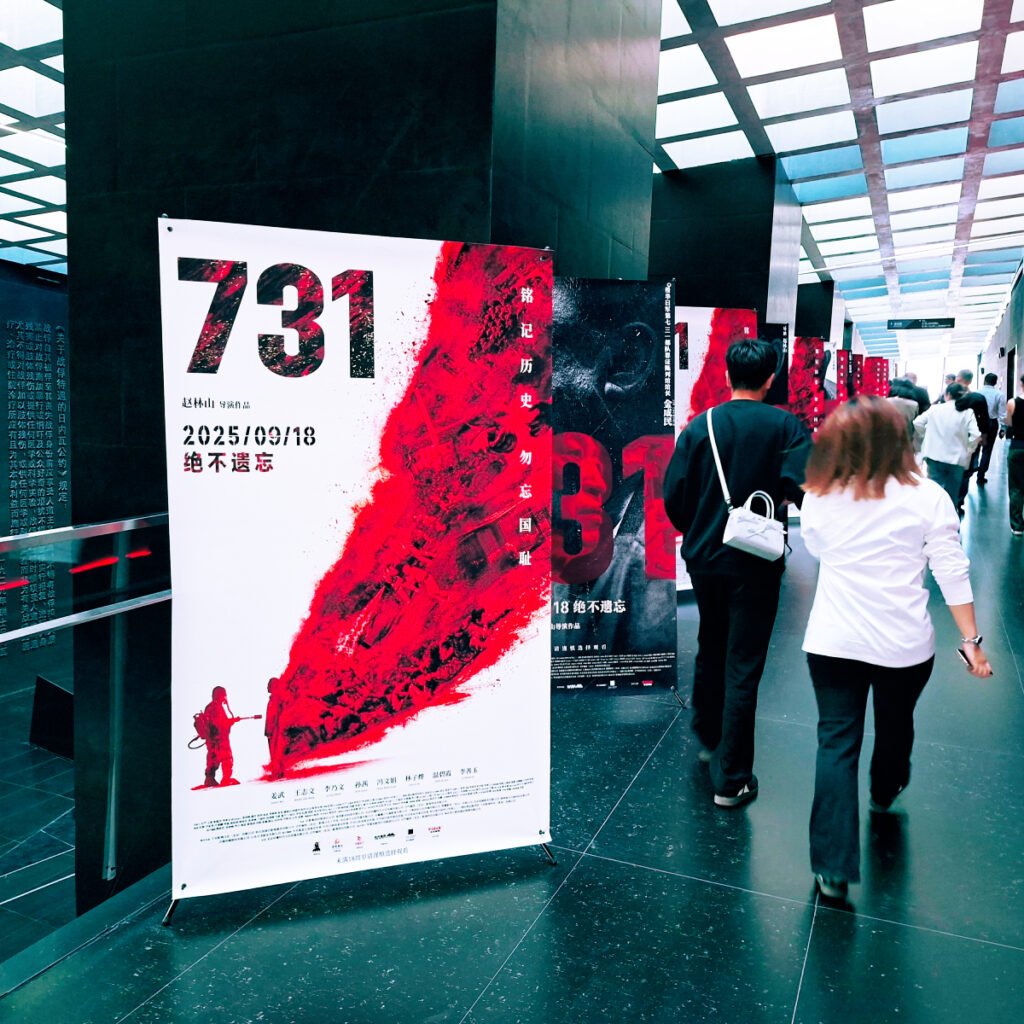articles
China Elevator Stories
Unit 731: Japan’s Secret Biological Warfare in China
Unit 731 was a secret unit established by the Japanese Empire to develop biological weapons in Northeast China.
03/11/2025

Ruth Silbermayr
Author

This year, a Chinese movie called “Evil Unbound” about Unit 731 was released (I didn’t watch it, by the way, because it contains extremely brutal scenes). If you aren’t familiar with war crimes, you may wonder what Unit 731 was.
Northeast China was occupied by Japan from 1932 to 1945, during which time it was called “Manchuria” (满洲国). Puyi, China’s last emperor, was installed as its official ruler, although he was essentially a puppet of the Japanese. He reportedly signed any law or contract the Japanese asked him to, with no decision-making power of his own. He is also said to have lived in his palace in Changchun under the close supervision of the Japanese Emperor, who installed a spy to monitor him and report back on his activities.
The palace has since been turned into a museum and can be visited in Changchun. I recommend visiting, as it is an interesting place—at least if you are interested in history.
When I visited the palace, I couldn’t find any information about whether Puyi knew about Unit 731. Unit 731 was a secret unit of the Japanese Imperial Army responsible for researching and developing biological weapons in Northeast China, which were later used in various parts of the country. The unit was founded in 1936 and was staffed by Japanese personnel.

Though the employees were required to keep their work secret, they received official written orders, many of which have been preserved and passed down, so information about the unit was not entirely lost. Unit 731 used civilians for their research, which included human experiments that led to the deaths of many prisoners. These civilians were kept as captives and could not leave the premises. Most civilians were Chinese.
The experiments were conducted in cities such as Dalian (Liaoning Province), Hailar (northeastern Inner Mongolia), Harbin (Heilongjiang Province), Linkou (Heilongjiang Province), Mudanjiang (Heilongjiang Province), and Sunwu (Heilongjiang Province).
The experiments were both callous and cruel. They included germ-related experiments: employees collected rats to breed fleas infected with the plague bacillus, which were then used to infect the captured civilians. Victims were also exposed to other illnesses, as the plague was only one of the diseases being studied. The unit aimed to determine which bacteria and other disease-causing agents would kill humans fastest and spread most easily. They also researched germ bombs and similar weapons to deploy in China against civilians. Many other cruel experiments were carried out as well.

In some areas, the unit conducted biological warfare directly in the field to kill enemies. In Hailar, Inner Mongolia, for example, the unit deliberately contaminated wells and other water sources with cholera and typhoid bacteria. Villagers, unaware of the contamination because the experiments were done at night, drank the water and became infected.
In 1945, when the Soviet Union invaded Manchuria, Unit 731 was dissolved, and employees were ordered to destroy evidence of their experiments. Much of the evidence, however, could not be destroyed in time; photos, documents, instruments, and buildings still remain.
The Chinese authorities later captured many members of Unit 731 and prosecuted them in trials in Harbin from 1946 to 1949. Some high-ranking officials, however, were granted immunity by the United States in exchange for sharing knowledge about biological warfare.
Japan, which had not signed the Geneva Protocol prohibiting the development, proliferation, and use of biological weapons, later ratified the UN’s Biological Weapons Convention, the successor to the Geneva Protocol, which came into effect in 1975.
Have you ever heard about these atrocities?